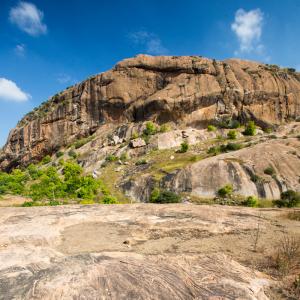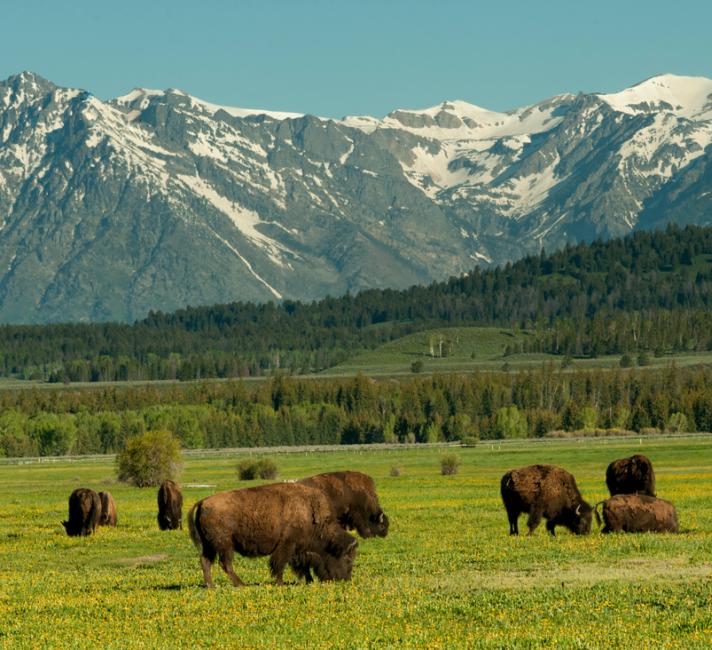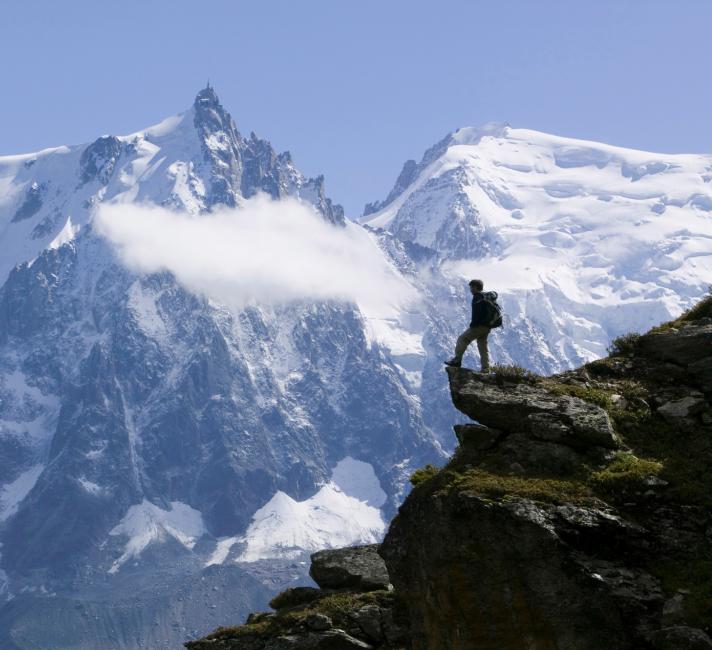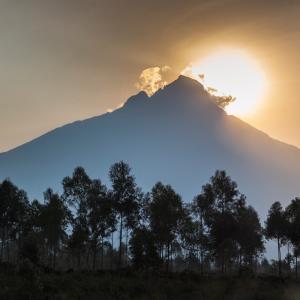
Why mountain environments are so important
Why mountain environments are so important
What a flat, dull place the world would be without mountains. Formed over millions of years by relentless movements of the planet's crust, squeezing and lifting land upwards to the sky, mountain ranges make up about a fifth of the Earth's surface.
With their ever-changing weather, ravaging winds and freezing temperatures, mountains provide very different environments and unique wildlife that's adapted to live life on the craggy slopes, barren snow-caps or alpine meadows.
Some mountains have permanent coverings of ice and snow – the Himalayas have more ice than anywhere outside the polar regions (they’re sometimes called the ‘third pole’).
In many places, people depend on mountains for water – either coming from melting snow or ice or from mountain springs feeding rivers - but surviving the often the harsh climate of mountains can be tough and it can be hard to grow enough food.
Despite their formidable and awe inspiring physicality, these are some of the most fragile habitats on the planet. Harsh climates, thin soils and steep gradient make it so very hard for plants and animals to live here. Relatively small changes or unexpected events such as unusually heavy rains, earth tremors, or over exploitation of land, can give rise to major physical events such as land slides and flash floods, bringing havoc to people, biodiversity and the mountain environment itself.
Climate change is the emerging threat that’s adding to the other pressures faced by mountain environments.

"The beauty and magnitude of the world mountain ranges including the Andes, Alps, Himalayas, Urals are inspiration to any of us lucky to visit them. As the water towers of our world, mountains store and deliver water to the rivers on which all our lives depend. But their environments are fragile and can be easily damaged by natural and particularly human impacts. We work with the people who live there, to protect and conserve the vital ecological services that mountains provide our planet."
Head of programmes for India and China











